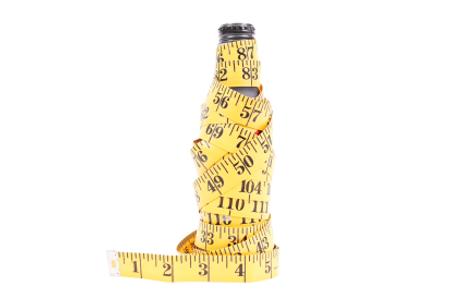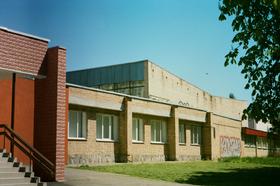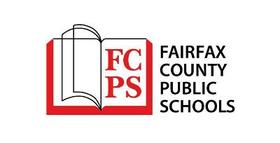On May 17, 1954, the United States Supreme Court issued its decision in Brown v. Board of Education, which declared that segregation in public schools was unconstitutional. Yet, 60 years later, public schools across the nation continue to be highly segregated based on race and socioeconomic status. Curiously, America’s most segregated schools are not in the Deep South but in New York, a state that has expansive ethnic, cultural, social, and economic diversity. Perhaps even more surprising, New York City, one of the most diverse cities in the world, also has one of the most segregated school districts in the country.
Segregation by the Numbers
According to a report by UCLA’s Civil Rights Project, school segregation in New York is widespread. It occurs in metropolitan New York City, rural areas, and urban locales upstate. However, as the nation’s largest public school system with 1.1 million students, the New York City Public Schools greatly influenced the depth and breadth of the segregation problem. And a significant problem it is. Although the number of Asian and Latino students has dramatically increased since the late 1980s, exposure of these groups to white students has decreased. In fact, of New York City’s 32 school districts, 19 had less than 10 percent white enrollment as recently as 2010. Some of New York City’s schools, particularly charter and magnet schools, are identified by the authors of the report as being so segregated that they are classified as “apartheid schools.”
Compounding the problem



















